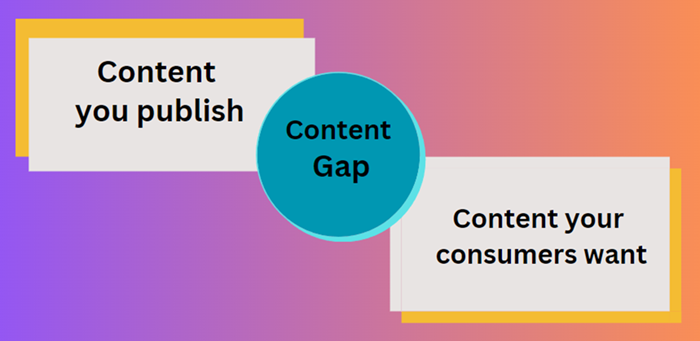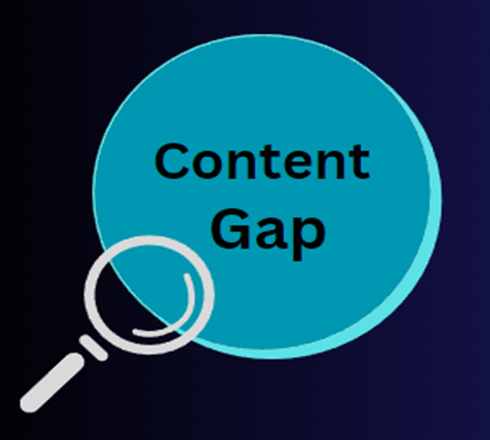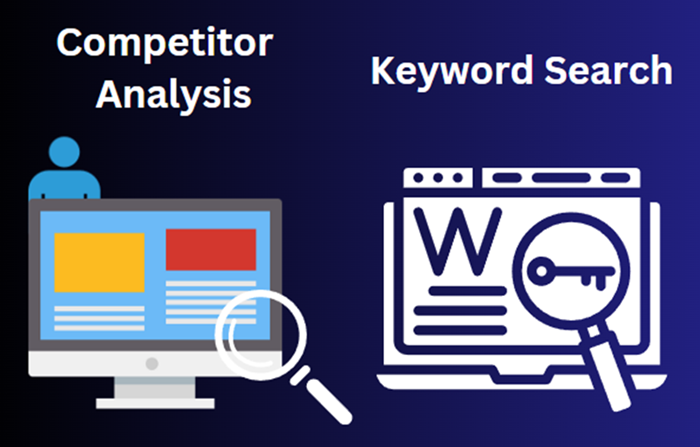
- SEO - Home
- SEO - What is SEO?
- SEO - Tactics & Methods
- SEO - On Page Techniques
- SEO - Off Page Techniques
- SEO - Web Site Domain
- SEO - Relevant Filenames
- SEO - Design & Layout
- SEO - Optimized Keywords
- SEO - Long-tail Keywords
- SEO - Title Tags
- SEO - Meta Description
- SEO - Optimized Metatags
- SEO - Optimize for Google
- SEO - Robots.txt
- SEO - URL Structure
- SEO - Headings
- SEO - Redirects
- SEO - Authority & Trust
- SEO - PDF Files
- SEO - Optimized Anchor
- SEO - Optimize Images
- SEO - Duplicate Content
- SEO - Meta Robots Tag
- SEO - Nofollow Links
- SEO - XML Sitemap
- SEO - Canonical URL
- SEO - Role of UI/UX
- SEO - Keyword Gap Analysis
- SEO - Get Quality Backlinks
- SEO - Adding Schema Markup
- SEO - Author Authority
- SEO - Fix Broken Links
- SEO - Internal Page Linking
- SEO - Clean Up Toxic Links
- SEO - Earn Authority Backlinks
- SEO - Core Web Vitals
- SEO - Update Old Content
- SEO - Fill Content Gaps
- SEO - Link Building
- SEO - Featured Snippets
- SEO - Remove URLS from Google
- SEO - Content is the King
- SEO - Verifying Web Site
- SEO - Multiple Media Types
- SEO - Google Passage Ranking
- SEO - Maximize Social Shares
- SEO - First Link Priority Rule
- SEO - Optimize Page Load Time
- SEO - Hiring an Expert
- SEO - Learn EAT Principle
- SEO - Mobile SEO Techniques
- SEO - Avoid Negative Tactics
- SEO - Misc Techniques
- SEO - Continuous Site Audit
- SEO - Summary
- SEO Useful Resources
- SEO - Quick Guide
- SEO - Useful Resources
- SEO - Discussion
SEO - Fill Content Gaps
Gaps are unavoidable, especially when it involves content production. Even if you are the finest writer in the world, the world will continue to evolve. Customer preferences and keywords change over time. If your goal is to stay above the competition, you must identify and fill any content gaps. We'll talk about content gaps in this post.
What Are Content Gaps?
Content gaps are locations where the content is not fulfilling your consumers' expectations, so they are actively browsing the web to fill such gaps. These sections must provide acceptable answers to searchers' inquiries, provide obsolete information, or correctly display the material.
Addressing content gaps requires continuous effort as search patterns and client demands evolve. Regularly analysing and modifying your content strategy will help you remain ahead of the competition and guarantee that your content is fulfilling the changing needs of your clients.

Content Gap Analysis
A content gap analysis is the procedure of identifying gaps in your current material.
It entails detecting gaps in information that might and should correspond to every phase of the prospective buyer's journey.
Importance of Identifying Content Gaps
An effective content marketing plan requires the identification of content gaps. Here's why −
Generates opportunity: If your rival hasn't touched on specific themes or keywords, it's a chance for you to stand out. You can generate material on that subject before anybody else, allowing you to gain significant traffic.
Better performance: By bridging content gaps, you can increase the overall performance of your content by attracting more visitors and leads.
It is a fantastic method for improving your site's search engine performance, SEO, and ranking on SERPs.
Analysis of content gaps decreases bounce rates and boosts on-site time, improving your conversion rate and increasing sales.
Development of authority: If you are the sole source of credibility ranking in content gap regions, establish yourself as an authority. People will trust your company and information since you are the best authority.
Recognizing Content Gaps
Now that you understand the value of identifying content gaps, you're ready to begin your content gap analysisfor SEO. Here are three methods for identifying content gaps −
Conducting competitor keyword research
It is the most straightforward technique to uncover content gaps. To determine the correct content, you may utilize a tool such SEMrush or Ahrefs.
Copy a webpage from your competitor's website and paste it into the tool to check the keywords they compete for.
You may then use Google to search for those keywords and see the results.
If few trusted websites are ranking for these key phrases in the search results, you have an ideal chance to be the one who does.
Examine Your Customer Journey
Dig deeper into your client's journey to determine what your intended audiences require at every step of the purchasing process.
Only some consumers that view your website intend to buy. Some are just interested, whereas others compare your offerings to your competitors.
You should generate content for these stages for the most outstanding outcomes.
You require posts that inform people about your company's services. Posts that give essential industry insights, address consumer pain areas, and solve problems are also needed.
Using Google Search Console
Sign in to Search Console, then navigate to the "Search Results" section on the left side of the screen.
next to "Search type" and "Date range", click "+ New."
When the box appears, select "Page." Enter the URLs of your best-performing pages one by one.
When the results appear, check which keywords you are ranking for on that page.
Once you've identified the keywords you're ranking for that aren't included on the page, either produce new content or add a section to an existing one.

Ways to Fill Content Gaps
Pick content gaps that are relevant to your company
When you uncover content gaps, prioritize those relevant to your business. Your material should always be appropriate for your organization and sector.
Don't take delight in a gap simply because it exists. If the issue does not apply to your company or is irrelevant to your sector, you should avoid it.
Addressing keyword content gaps
Once you've identified more robust keywords for the posts, you may fill content gaps in various ways.
Incorporate these new keywords in future material. Don't just scatter them about. Instead, naturally include keywords in ways that improve the standard of your material.
Replace missing keywords in outdated material. Retaining excellent material for your audience sometimes requires revising phrases and even entire sections.
As a precaution, you may change your current keyword optimization approach. Make it a habit to look for keyword content gaps in your written pieces to stay at the top of search results in your sector.
Useful purchase articles
Once you've planned your client journey, you'll have a more precise notion of which phases of the purchase journey are required to add to your current material.
Make helpful instructional and informative industry articles. Write about your products and services. Compare what you've got to offer to the competitors.
Competitor analysis
Visit each competitor's page and make a note of the things that your website lacks. It would help if you explored new views they still need to address.
Finally, discuss with your team how to develop an alternative or better blog on the same topic.
While rivals may be a source of inspiration for innovative ideas, avoid completely replicating what they do.
Broaden your content type
You may appeal to a broader audience and separate yourself from your competition by varying your content type.
Routine check for content gaps
Current information can be found in search results. However, the data could differ in six months, and all those sites must be updated. You must constantly analyse material and identify content holes as they appear.
Furthermore, you may uncover additional gaps you were unaware of earlier. You could discover a new issue or viewpoint you were unaware of a year ago. Continuous content gap evaluations will assist you in evolving your content strategy over time.

Conclusion
One of your key objectives should be to guarantee that your target audience can obtain the information they require at each point of their customer journey. Identifying and fixing any potential content gaps is part of reaching this aim.
You must also ensure that the information you create to fill them is of high quality and value to your target audience. However, if you identify and supply the appropriate content gaps, you'll be well on your way to meeting your content marketing objectives.